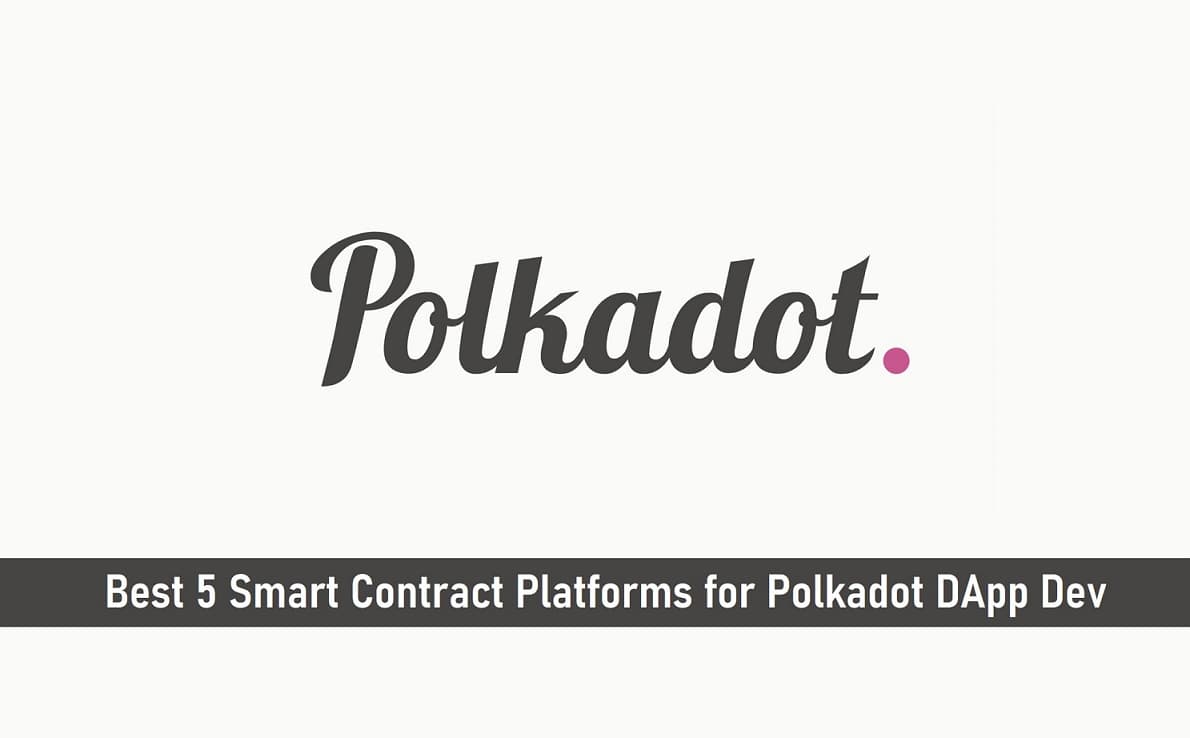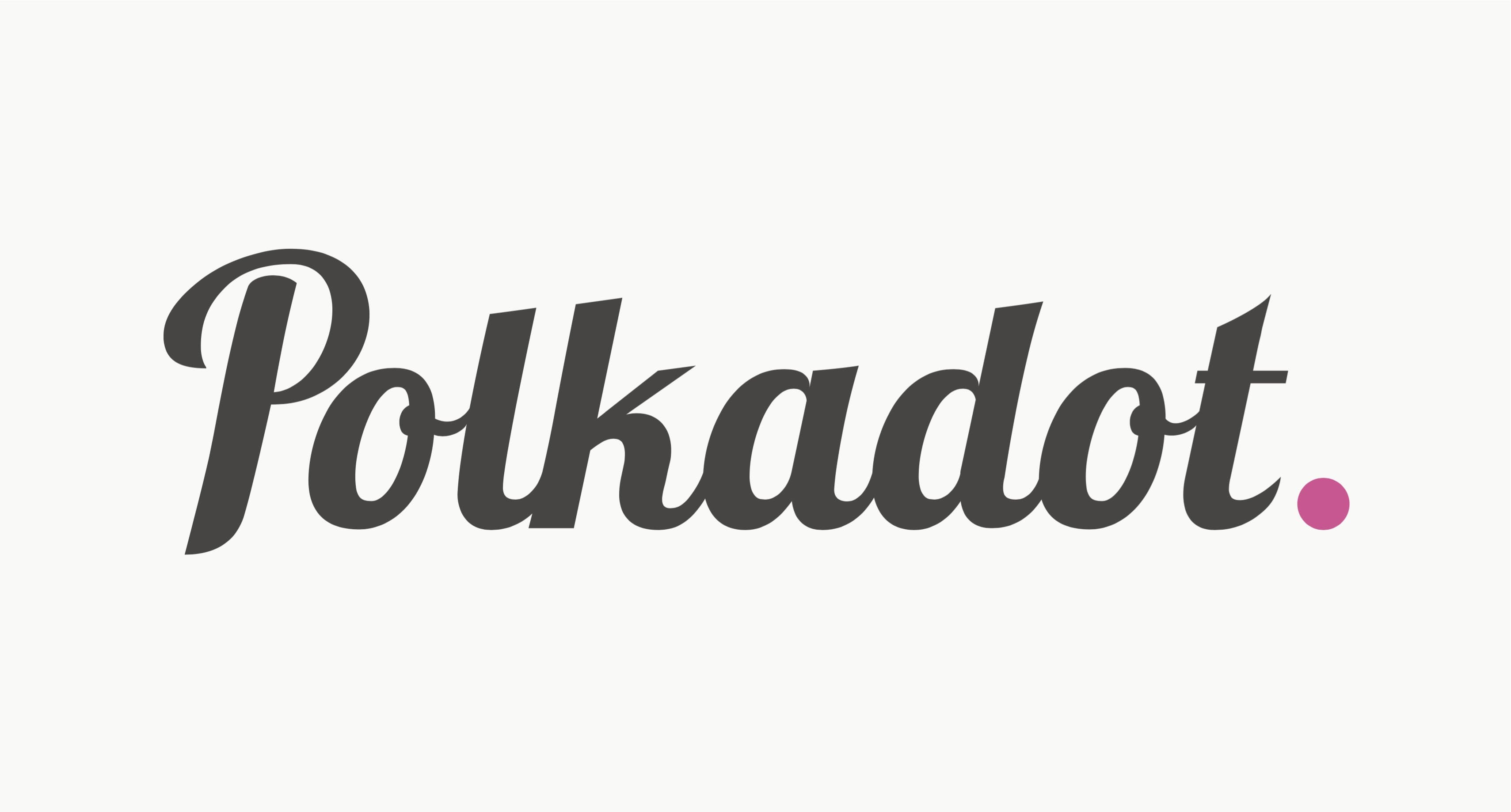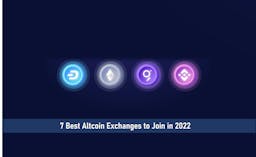
When the Ethereum protocol became a success after its launch in 2015, we thought we would all see the dawn of a new era for DApps. Analysts predicted how these DApps will take the market by storm.
Fast forward to today it is clear that the DApps market has not gained momentum as expected, if we look at the numbers there are over 3,511 DApps on the market today and 2,782 of these DApps live on Ethereum.

Key Takeaways
• In addition to a full EVM implementation, Moonbeam, a new Polkadot smart contract platform offers Web3 compatible APIs and cross-chain bridges that connect Moonbeam to the existing Ethereum network.
• The PolkaFoundry platform gives developers everything they need to focus more on the design and business logic of their DApps.
• Moonbeam solves the problem of fragmented markets by providing an ideal platform for DApp developers that is compatible with Ethereum and has a fully functional bridge implementation that connects Ethereum to Moonbeam.
Due to the first-move advantage and a strong network effect, Ethereum attracted a large part of the talent pool.
However, the developers soon realized the limits of the Ethereum platform; Lack of scalability, higher fees, too much network congestion, and the lack of suitable tools.
So they started moving from Ethereum to alternative platforms, as alternative platforms offer a much better deal for DApp developers: they offer a better scalability model, high transaction throughput, interoperability between chains, and significantly less TTM (time-to- Market).
Speaking of alternative platforms, Polkadot will undoubtedly lead the movement with its unique design approach to scaling, common security model, interchain communication via bridges, and a network of interconnected blockchains launched within the Polkadot network.
Smart Contract Platforms for Polkadot DApp Dev
1. Clover
It is known as a blockchain operating system. It is an EVM-compatibleDefi service platform on Polkadot that was created with substrates. Clover is also an operating system para chain on the Polkadot network that has the following layers in its design:
- Storage Tier: Clover supports IPFS, AR, and CRUST protocols for distributed storage of dApp data.
- Smart Contract Layer: With the Web3-compatible API, existing EthereumDApps can migrate to Clover. It also supports cross-chain implementation and RPC calls.
- Defi Protocol Layer: Clover supports various Defi protocols like swaps, lending, insurance and allows developers to create custom Defi protocols.
- EApp Layer: Clover supports dApp to eApp (external application) development where developers are not dependent on machines, domain names, or network bandwidth.
Clover has its native token CLV and is used for gambling, paying transaction fees, and earning dividends. Holders can also use CLV tokens in the governance process. Because Clover is in Polkadot, Clover inherits many of the benefits offered by the PolkadotNetwork.
2. PolkaFoundry
This is a developer-oriented platform that, with its special features and offers, will turn the current state of DApp development upside down.
PolkaFoundry is not just another EVM-compatible smart contract platform in Polkadot, it brings together the missing parts of the ecosystem that simplify the development of DApps in an all-in-one production environment.
Demanding DApps, especially in the Defi and NFT area, not only need a runtime environment.
They need a combination of different services that are part of their business logic. We’re talking about services like identity management, document storage, and external data feed through oracles, to name a few.
The current developer-centric smart contract platforms at Polkadot generally only offer two things; Interoperability and compatibility with EVM. They do not offer integrated DApps support for the essential additional services that they require in addition to the interoperable runtime environment.
PolkaFoundry solves this problem by providing various services in connection with the EVM-compliant runtime environment.
Here is a sky-high view of PolkaFoundry’s all-in-one production facility:
- PolkaFoundryblockchain (substrate-based blockchain)
- PolkaID (an identity management service)
- DocuGuard (document storage and management service)
- Decentralized PolkaGate (provides data feed via Oracle ready)
These are the building blocks that make it easy for developers to create sophisticated Defi and NFT applications without worrying about integrating these essential services independently.
The PolkaFoundry platform gives developers everything they need to focus more on the design and business logic of their DApps.
3. Astar Network
This is a smart contract platform for multiple virtual machines and the first Layer2 scaling solution that brings Astar and State channels (and possibly rollups) into the Polkadot ecosystem.
At its core, Astar Network is a scalable, substrate-based DApps platform that implements Layer2 solutions.
The team behind Astar Network believes that Layer1 blockchains will act as the trust and settlement layer and Layer2 solutions will act as the transaction layer, improving scalability across many areas that would otherwise be challenging for Layer1.
Polkadot is scaling horizontally through heterogeneous fragmentation, and Astar Network is scaling vertically through the introduction of Astar and State channels. Horizontal scaling could soon reach its limits and affect all DApp platforms in the Polkadot network.
Developers can use the Astar Network without worrying about reaching the limits of scalability. Like the other DApp platforms discussed here, Astar Network is EVM and Solidity compatible. Developers can easily migrate their DApps to Astar Network with little effort.
Astar Network has the following main functions:
- Optimistic Virtual Machine (OVM): A substrate runtime module for Plasm Network that provides a unified architecture for different types of Layer2 protocols such as Astar, State Channels, and Rollups Machine is the core module, makes the Plasm Network a Layer2 powerhouse.
- DApp Rewards: A Basic Income Mechanism for DApp Developers to create DApps on the Astar Network. With this reward mechanism, the individual block reward is split in half and goes directly to the nominated DApp. DApps are nominated by the community; Think of it as investing in a project.
- Operator Trading: The operator owns a DApp (basically an address that can receive DApp rewards). Trading with merchants comes with DApp rewards so merchants can exchange ownership of their DApps. Think of it as “flipping” your DApp to market to create a viable business model for DApps.
- Multilockdrop: It is a new token distribution model where Astar Network repeats the lockdrop three times instead of distributing the tokens once; ETH Lockdrop ETH, BTC Lockdrop and ETH, BTC, DOT Lockdrop. Lockdrop is like an airdrop, in which token holders lock their tokens for a certain period in exchange for PLM.
4. Moonbeam
This is an EVM-compatible smart contract chain aimed at developers at Polkadot. You can think of Moonbeam as a fully native implementation of Ethereum on the Polkadot network.
In addition to a full EVM implementation, Moonbeam offers Web3 compatible APIs and cross-chain bridges that connect Moonbeam to the existing Ethereum network. Ethereum is overloaded, and the challenges of profitability and scalability are driving projects to build on top of other chains, making it a fragmented market for users and developers.
Moonbeam solves this problem by providing an ideal platform for DApp developers that is compatible with Ethereum and has a fully functional bridge implementation that connects Ethereum to Moonbeam.
Because of its strong native compatibility with Ethereum, developers can use all of the existing tools in the Ethereum ecosystem to create DApps for both Ethereum and the Moonbeam network.
Some of these tools are:
- Remix
- Truffle
- HardHat
- Web3. js
- Ethers.js
- Web3.py
Moonbeam also supports oracles including Chainlink, Band Protocol, and Razor Network to serve as a data source for your DApps. You can implement smart contracts in Moonbeam in Solidity, Vyper, or any other language that can compile your contract code into EVM compatible bytecode.
Moonbeam reflects everything Ethereum has to offer; Web3 RPC, accounts, keys, subscriptions, records and add some advanced feature sets like on-chain governance, engagement, and cross-chain integrations.
Below is an interaction flow diagram between an external Web3 RPC call and a Moonbeam Node, as you can see the node has both Web3 RPC and Substrate RPC, so you can connect to the Moonbeam node using the Ethereum or Substrate tools can interact.
Substrate’s runtime functions process these incoming RPC calls, verify signatures, and pass the contract call to the EVM pallet to perform state transitions.
The cross-contract calls are all synchronous as in Ethereum Layer1 since Moonbeam works as a single shard. Moonbeam offers a much better platform for EthereumDApp developers who are reaching the limits of scalability with Ethereum.
5. ParaState
is a scalable high-performance framework for all Ethereum compatible networks. We have seen many projects on the Polkadot network that are EVM compatible like Moonbeam, Acala, Clover, Plas, etc. All of these projects integrate the EVM runtime palette developed by Parity into their substrate blockchains with Web3 RPC calls.
This EVM runtime palette developed by Parity reflects the same EVM runtime infrastructure on Ethereum. Since many of the projects use the same EVM runtime palette, there won’t be a noticeable difference in the speed of execution of smart contracts.
Substrate-based blockchains offer higher TPS and higher transaction throughput, but compute throughput and execution speed are much more important to a smart contract platform. Therefore, in addition to the regular EVM palette, ParaState uses EWASM (Ethereum preferred WebAssembly) which provides a much better execution environment for smart contracts.
So it’s not just about supporting Ethereum like all the other parachutes they are currently offering, but a better and more efficient execution environment for smart contracts. In ParaState you can use more than 20 programming languages to code your smart contracts. Some examples are Solidity, Fe, Rust, JavaScript, MOVE, DeepSEA, and Marlowe.
ParaState also comes with the required DeFiinfrastructure applications, including a Uniswap wallet, Stablecoins, credit logs, and price oracles. It also offers an SSVM palette so that other substrate-based blockchains can use it to provide Ethereum support and take advantage of the modern WebAssembly ecosystem.
Frequently Asked Questions (FAQ)
1. What is DApp Smart Contract?
DApp Smart Contract is an application built on a decentralized network that makes use of a smart contract and a frontend user interface.
2. What is a ParachainPolkadot?
This is a data structure that focuses on applications with standards that are globally consistent and are verifiable by the verifiers of the relay chain.
3. How much does a Smart Contract cost?
Simple smart contracts go for $7000 while more sophisticated contracts can reach as high as $45000 and more.
Final Thoughts
Polkadot at the moment is a rapidly growing environment with very high potentials to enable multiple existing problems to be adequately solved.
It is a unique blockchain as it has been the center of attraction for digital markets due to its influence on various innovative Dapps.
Read More




